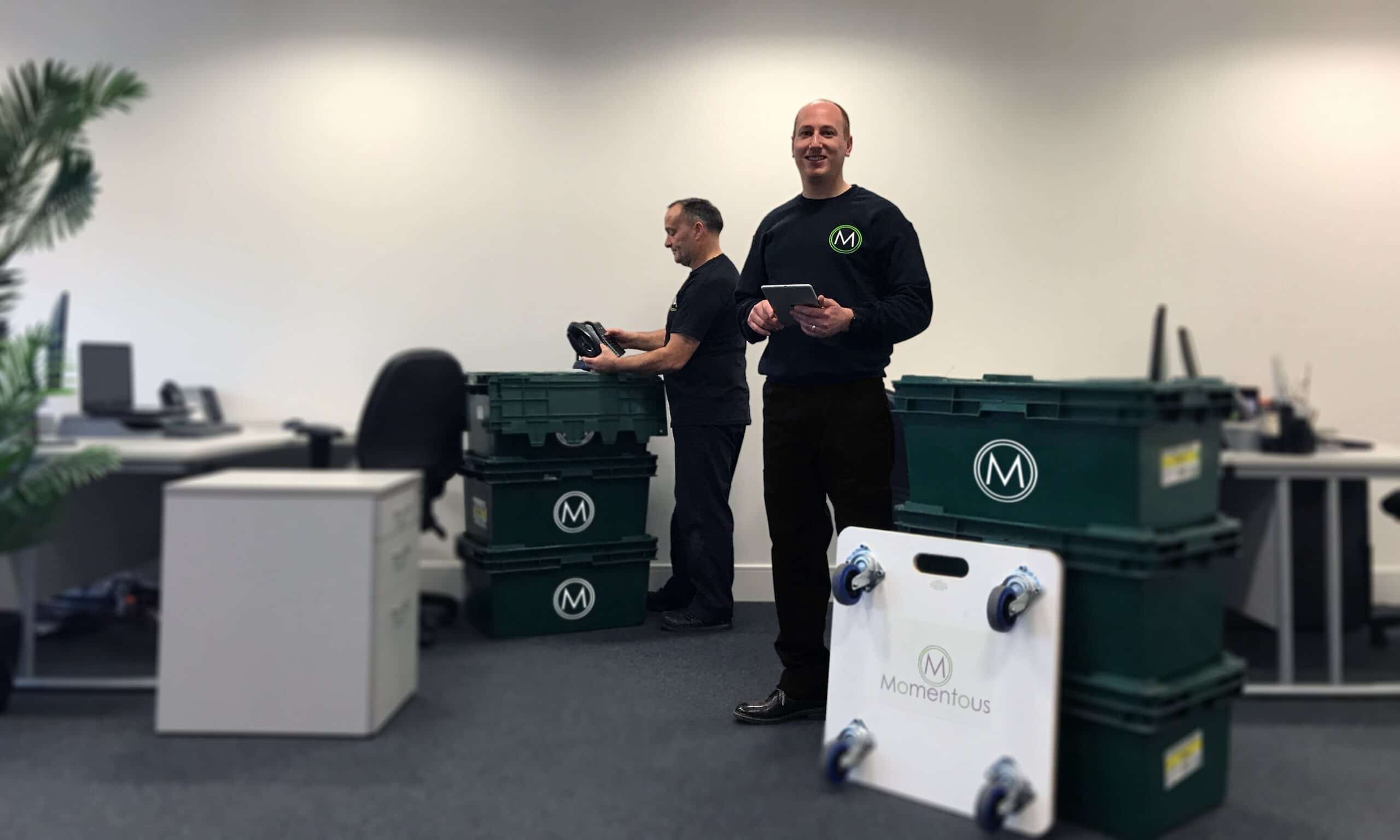
Professional Tips for Planning an Office Move
POSTED ON January 24, 2019 BY Logistics SpecialistTips from an office moving professional to make yours go really smoothly
Anyone who has previously been tasked with planning an office move for their company will know just how many things there are to think of and do from a logistics perspective.
Add to this that employees are generally quite nervous when it comes to changing things around and you have yourself the perfect recipe for stress.
To help you through this and to put your mind at ease, we asked our office relocation experts to share their top tips for office moving success.
Take a look and get your project off to the best possible start and ensure that there is no downtime:
- Engage with your staff
- Work on a realistic budget
- De-clutter
- Complete a filing/storage audit
- Work on a floor plan
- Appoint ‘move champions’
- Engage with professionals where you need to
Engage with your staff early on and involve them throughout the process
People, people, people! Never forget that you are moving more than work stations, servers and physical office locations. Whilst you are unlikely to be asking their permission, you need to make sure that your staff are engaged with the process. Talk to them about plans and ask them what they need. Remember that change always creates a certain level of anxiety and potentially rumours, so you want to embrace this and guide the conversation. Handle queries professionally and deal with challenges. Use employee suggestions to make the new office location and process work as effectively as possible. Why not also consider a guide and visits to the new location so people can get a feel for their new offices?
Work on a realistic budget and time frame
There are costs to moving, but there should also be a return on this investment. Work on the budget, working with other departments to ensure that you have accounted for each line item.
The objective word here is “realistic”. You will need to go out and find the costs for each element too. We see so many budgets that have been created with unrealistic costs, either where key costs have been omitted or underestimated significantly. This only makes it more difficult in the long run.
Make sure that the elements of the plan are also timed, so you know when costs are going to arise, and importantly when everything is going to happen.
Have a de-clutter, moving is prime time for this
It’s simple. The less stuff you have the less cost there is. Make sure you get your teams involved to de-clutter. Files that should be archived, office furniture that needs to be recycled, old tech equipment that should be recycled, destroyed or held in store. You will be surprised how much you can save.
Complete a filing/storage audit
Anything that is to be moved or stored should be inventoried. This can take some time, but with a little help you can reduce the workload. There are also a few useful tools out there that can help make it easier.
Ultimately you need to account for what is being moved, where it is going from and where it will be in the new location. Also, what is going to be stored, recycled, destroyed, upcycled and resold. What is the condition and where are they located?
Work on a floor plan of your new offices and display this for everyone to see
How much space is needed, are there things your employees need, what is the flow between departments, what works well at the moment that you want to preserve and what do you want to change? All of these will need to be taken into consideration, along with HSE requirements and a whole load more. Engage with the different teams in the business for their input and expertise. Consider how you will have the designs created too.
Appoint a couple of ‘move champions’ for the move
Engaging with staff is critical in the move process too. Identify your move champions in the build up. Look for staff who understand the process, are good leaders and organised. They will be absolutely essential on the day.
Speak to the professionals
This may be your first or one of a number of office moves you are responsible for, but a professional office relocation company will do this every day. And whilst there are likely to be elements that you are able to do yourself and save money, it’s not realistic to expect that all the necessary skills and experience will be held in-house. The earlier you speak to a business mover the more value they can add to your project. If you talk to a professional office mover at an early stage, you will learn a lot about what needs to be considered and no doubt save a lot of money by avoiding mistakes. A professional office relocation company will be able to help with a lot of things; for example, provide you with a budget plan and identify what you need to consider, help with the engagement process and office layout design. They will have contacts they can introduce you to and reduce the load.
Registrations, redirects, websites, stationery, business cards and Google
Update everything with your company’s new address and contact information for when you move. This is essential so that your customers can find you.

